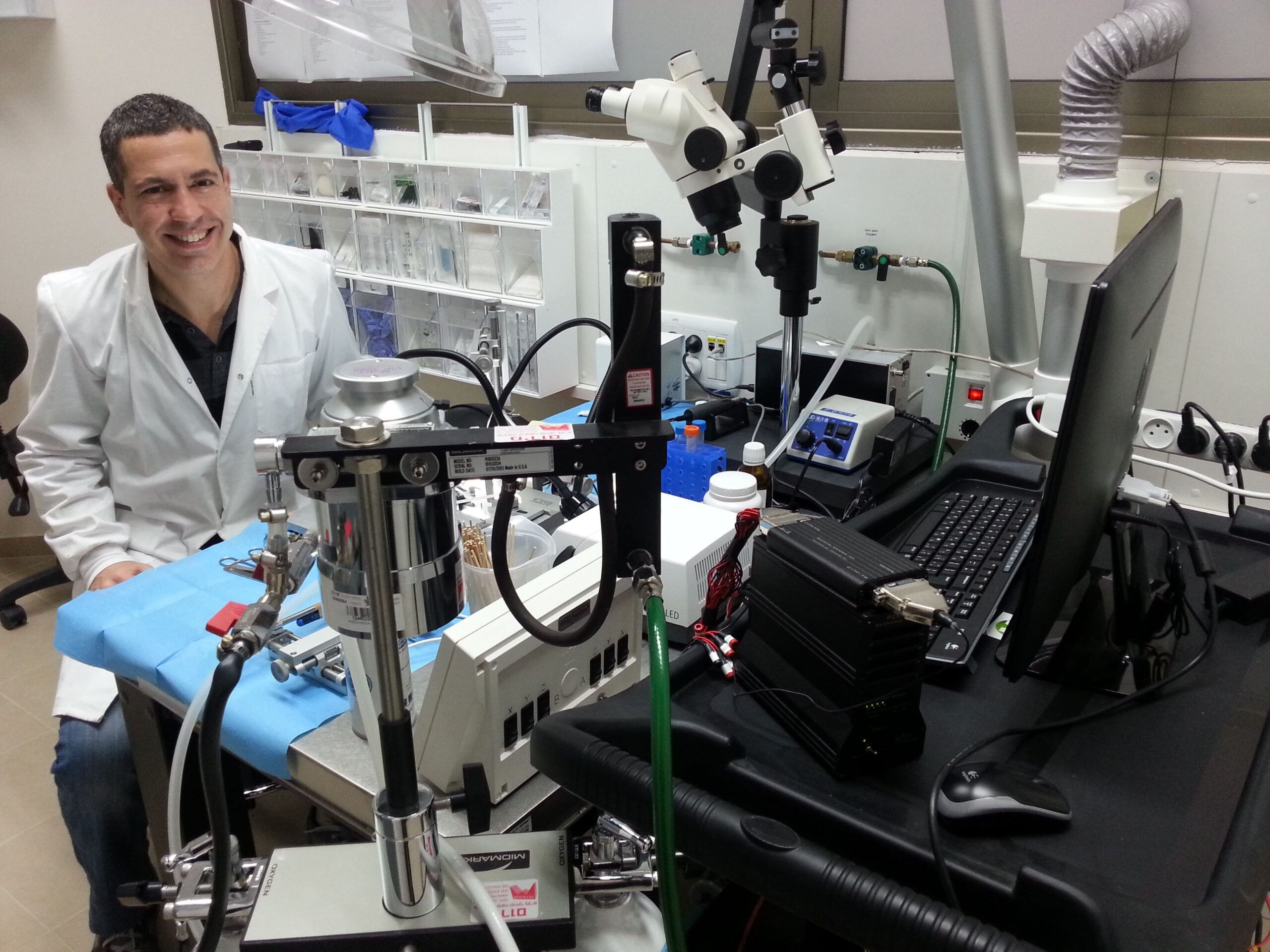The human eye can be described as an optical system; The eye focuses and processes incoming light through the lens and the retina .
The pupil, an opening in the ring shaped iris, optimizes retinal illumination. Pupil size is modulated by two factors: by the
level of ambient light, and by arousal. Mydriasis (dilation) occurs in conditions of low light intensity and high arousal and is caused by the dilator pupillae muscle. Miosis (contraction) occurs in illuminated conditions and low arousal and is caused by the sphincter pupillae muscle. Pupil diameter varies from 1 to 8 mm and is largely symmetric between two eyes in healthy individuals .
The measurement of pupil size (or diameter) as a function of time is referred to as pupillometry or pupillography. Pupillometry is often used to evaluate neurological function by measuring the pupil light reflex (PLR), a time-course of pupil size dynamics around brief light stimulation . Pupillometry and PLR are useful for clinical diagnosis
in many medical disorders. For example, pupil functional abnormalities occur in psychiatry, neurodegenerative disorders, drug overdose, and autonomic neuropathies in diabetes. Furthermore, pupillometry can be used to monitor anesthesia depth and analgesia, head injuries, and clinical status following cardiac arrest
The PLR has stereotypical dynamics that allow to readily detect any abnormalities as clinical indications. When light is presented to the eye, the pupil automatically constricts, whereas stimulus termination leads to pupil re-dilation The PLR response is mediated by concerted action of the sympathetic and parasympathetic systems. An important PLR feature for clinical diagnosis is that light stimulation in front of one eye causes a symmetric reaction in both eyes whenever the brain pathway is intact. PLR dynamics follow a pattern consisting of four phases: response latency, maximum
constriction, pupil escape, and re-dilation. When light stimulation is brief, pupil changes are characterized by a sharp, “impulse response”-like profile. Physicians have long recognized the enormous clinical potential of pupillometry in
medicine, and have been checking the pupils of patients with suspected brain injury (e.g. suspected stroke) or impaired consciousness for over 100 years. To detect pain (e.g. during surgery), the pupil is a more sensitive measure than commonly used variables of arterial blood pressure and heart rate, and even EEG. Therefore, pupillometry can
provide a novel, sensitive, and effective measure to address the growing public concern of intraoperative conscious awareness, a topic of increased attention that significantly contributes to PTSD. In the context of traumatic brain injury, pupil size and PLR alterations are correlated with clinical outcomes; therefore, the American Association of
Neurological Surgeons recommend evaluating and documenting PLR in clinical records.
In critically injured patients, anisocoria (pupil asymmetry) indicates neurological dysfunction. A dilated, sluggishly-reactive pupil suggests transtentorial herniation.
